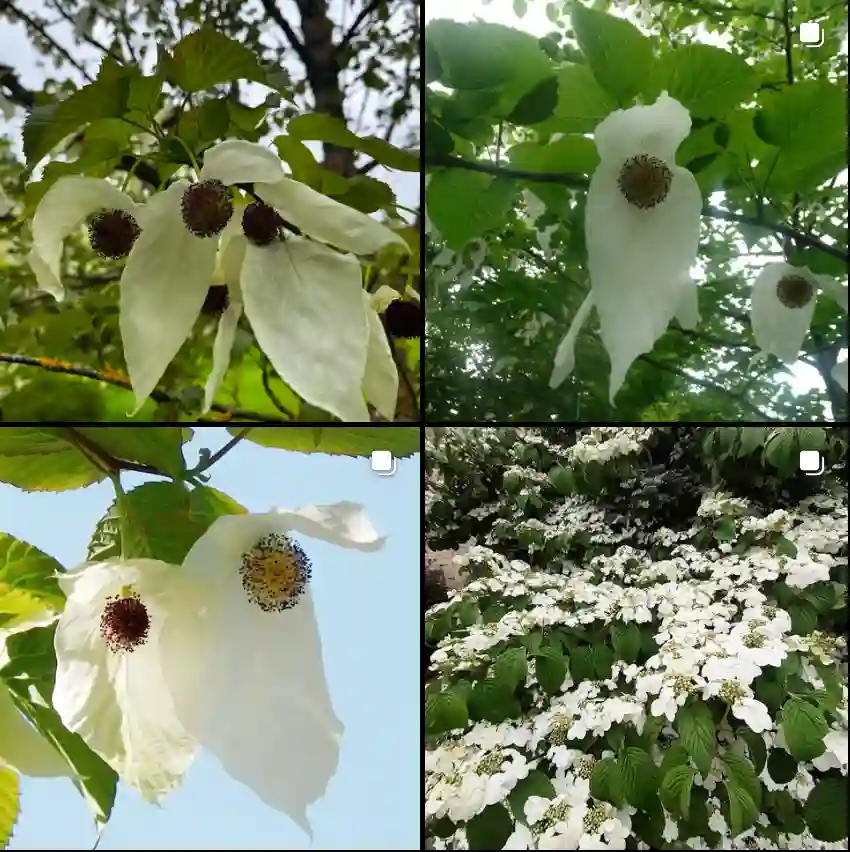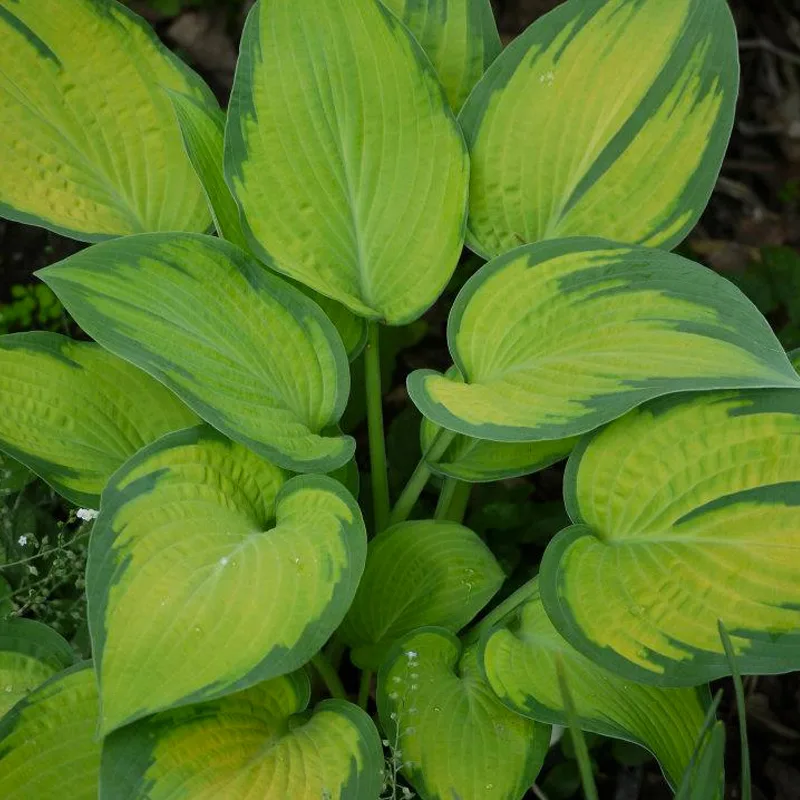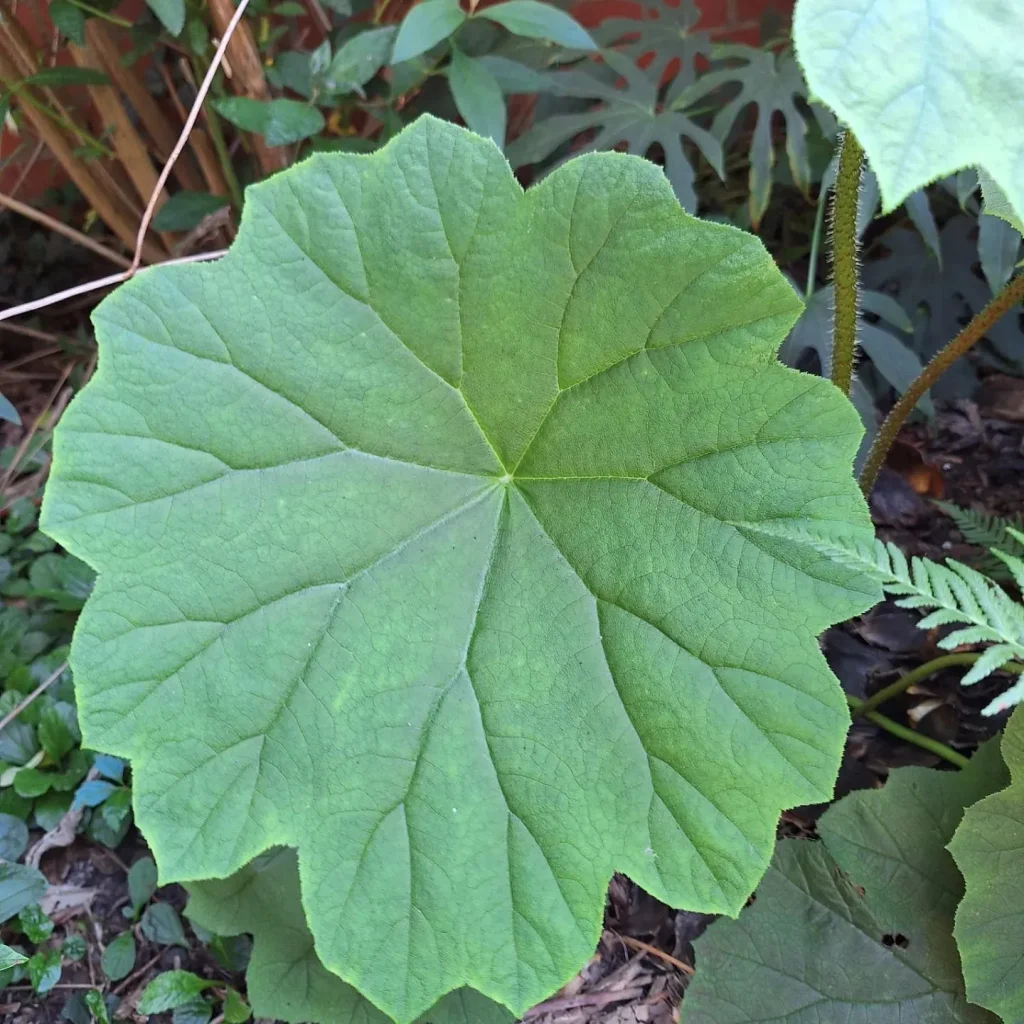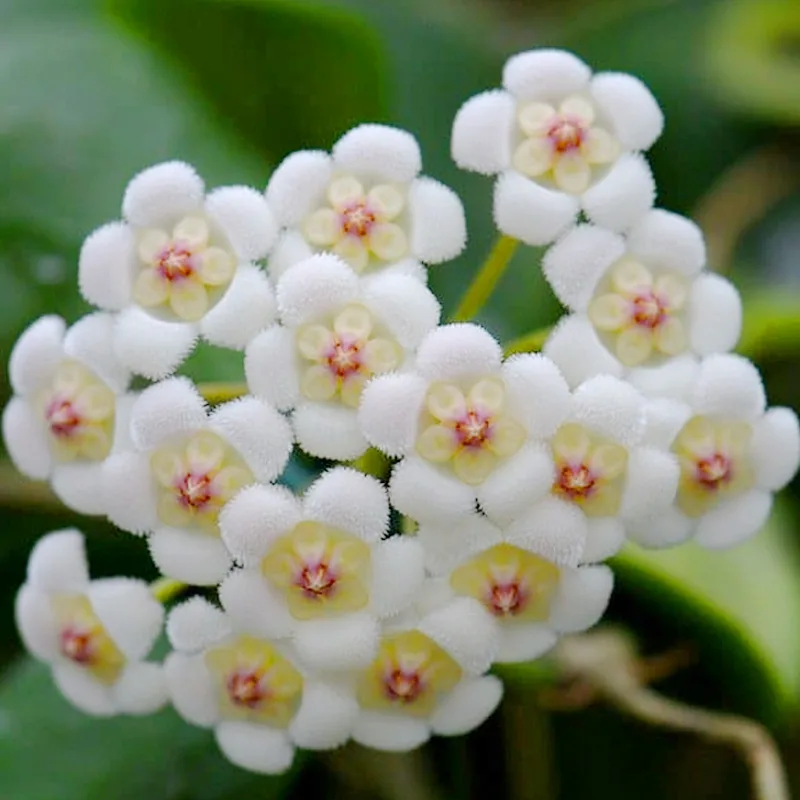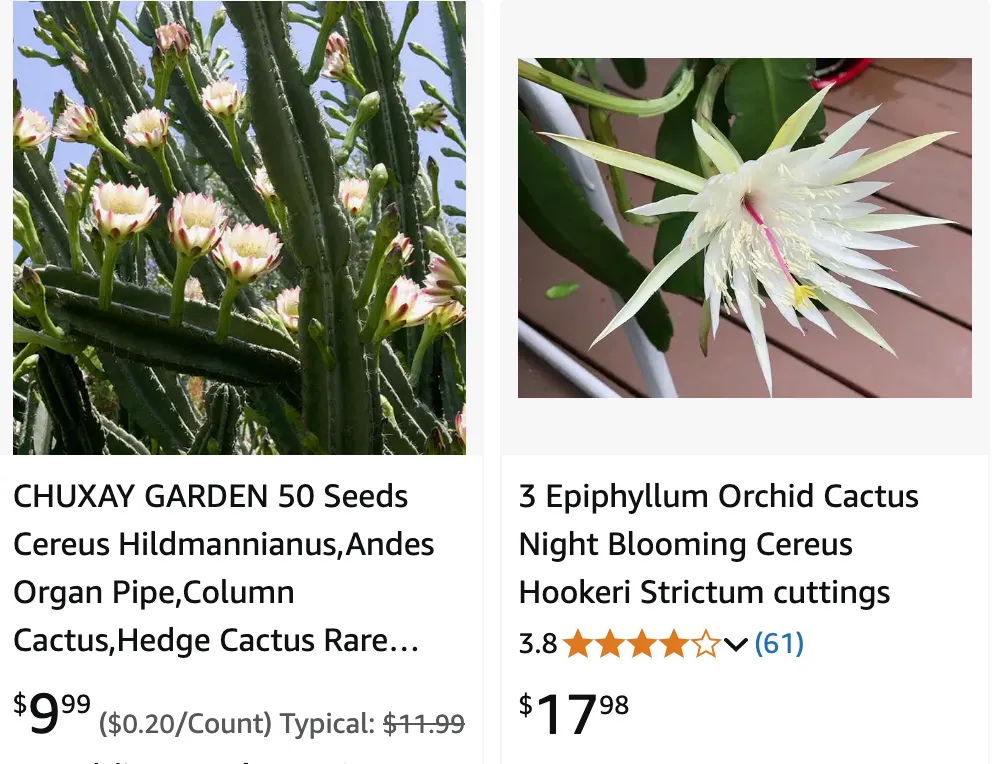
August 15 – Cereus
"Cereus, the night-blooming cactus, defines August 15."
Cereus symbolizes mystery and resilience. You shine in moments of challenge, revealing your beauty when it matters most. Like its rare blooms, you are unforgettable.
My Fascination with the Cereus Genus
I’ve always been drawn to the unique beauty of Cactaceae family, their ability to thrive in harsh conditions a testament to their resilience. But among the many genera of cacti, the Cereus holds a special place in my heart. These majestic giants, with their towering columns and nocturnal blooms, have captivated me for years.
The name “Cereus” originates from the Greek and Latin words for “wax,” “torch,” or “candle,” aptly describing their tall, upright forms. These impressive plants are native to South America, where they can be found in a variety of habitats, from arid deserts to lush rainforests. What truly sets them apart, however, are their stunning flowers. Often large and white, these fragrant blooms open at night, attracting nocturnal pollinators like bats and moths. It’s a fleeting spectacle, with the flowers often wilting by daybreak, but it’s a sight I never tire of.
Diversity within the Cereus Genus
While the classic image of a Cereus is that of a tall, columnar cactus, the genus encompasses a surprising amount of diversity. Some species, like Cereus aethiops, have a more shrubby growth habit, while others, like Cereus hexagonus, can reach towering heights of over 40 feet. This diversity is reflected in the variety of species within the genus, each with its own unique characteristics. Here are:
- Cereus aethiops: This species, native to Argentina and Bolivia, is characterized by its dark, almost black spines and its ability to tolerate cooler temperatures.
- Cereus albicaulis: Known for its white stems and large, white flowers, this species is native to Brazil.
- Cereus fernambucensis: This Brazilian species is a fast-growing cactus that can reach heights of over 30 feet.
- Cereus hexagonus: This is one of the most well-known Cereus species, thanks to its tall, columnar form and its large, white flowers.
- Cereus hildmannianus: This species is native to Brazil and Uruguay and is known for its rapid growth and its ability to form large clumps.
- Cereus jamacaru: This Brazilian cactus is characterized by its thick, columnar stems and its large, yellow fruits. Plant FAQs: Cereus Jamacaru – Cuddly Cactus
- Cereus lanosus: This species is native to Peru and is known for its woolly areoles and its long, white spines.
- Cereus repandus: This species, native to South America, is a popular choice for landscaping due to its attractive form and its tolerance of drought conditions. Plant FAQs: Cereus Repandus
- Cereus stenogonus: This species is native to Brazil and is known for its slender, columnar stems and its large, white flowers.
- Cereus bicolor Rizzini & A.Mattos
- Cereus estevesii P.J.Braun
- Cereus forbesii C.F.Först. Plant FAQs: Cereus Forbesii
- Cereus fricii Backeb.
- Cereus horrispinus Backeb.
- Cereus insularis Hemsl.
- Cereus lamprospermus K.Schum.
- Cereus lepidotus Salm-Dyck
- Cereus mirabella N.P.Taylor
- Cereus mortensenii (Croizat) D.R.Hunt & N.P.Taylor
- Cereus pachyrrhizus K.Schum.
- Cereus phatnospermus K.Schum.
- Cereus pierre-braunianus Esteves
- Cereus saddianus (Rizzini & A.Mattos) P.J.Braun
- Cereus spegazzinii F.A.C.Weber
- Cereus trigonodendron K.Schum. ex Ule
- Cereus vargasianus Cárdenas
- Cereus yungasensis A.Fuentes & Quispe
The Appeal of Cereus
For me, the appeal of the Cereus genus lies not only in their aesthetic beauty but also in their resilience. These cacti can endure extreme temperatures, drought, and poor soil conditions, making them a symbol of perseverance and adaptability. They remind me that even in the harshest environments, life finds a way to flourish.
Furthermore, the nocturnal blooms of the Cereus hold a special kind of magic. The fact that these magnificent flowers choose to open under the cover of darkness, releasing their fragrance into the night air, adds to their mystique. It’s a reminder that beauty can be found in unexpected places and that sometimes, the most captivating experiences happen when the world is asleep.
Whether you’re a seasoned cactus enthusiast or simply appreciate the beauty of the natural world, I encourage you to take a closer look at the Cereus genus. These remarkable plants have much to offer, from their striking forms to their resilient nature and their enchanting nocturnal blooms.
If i die, water my plants!
